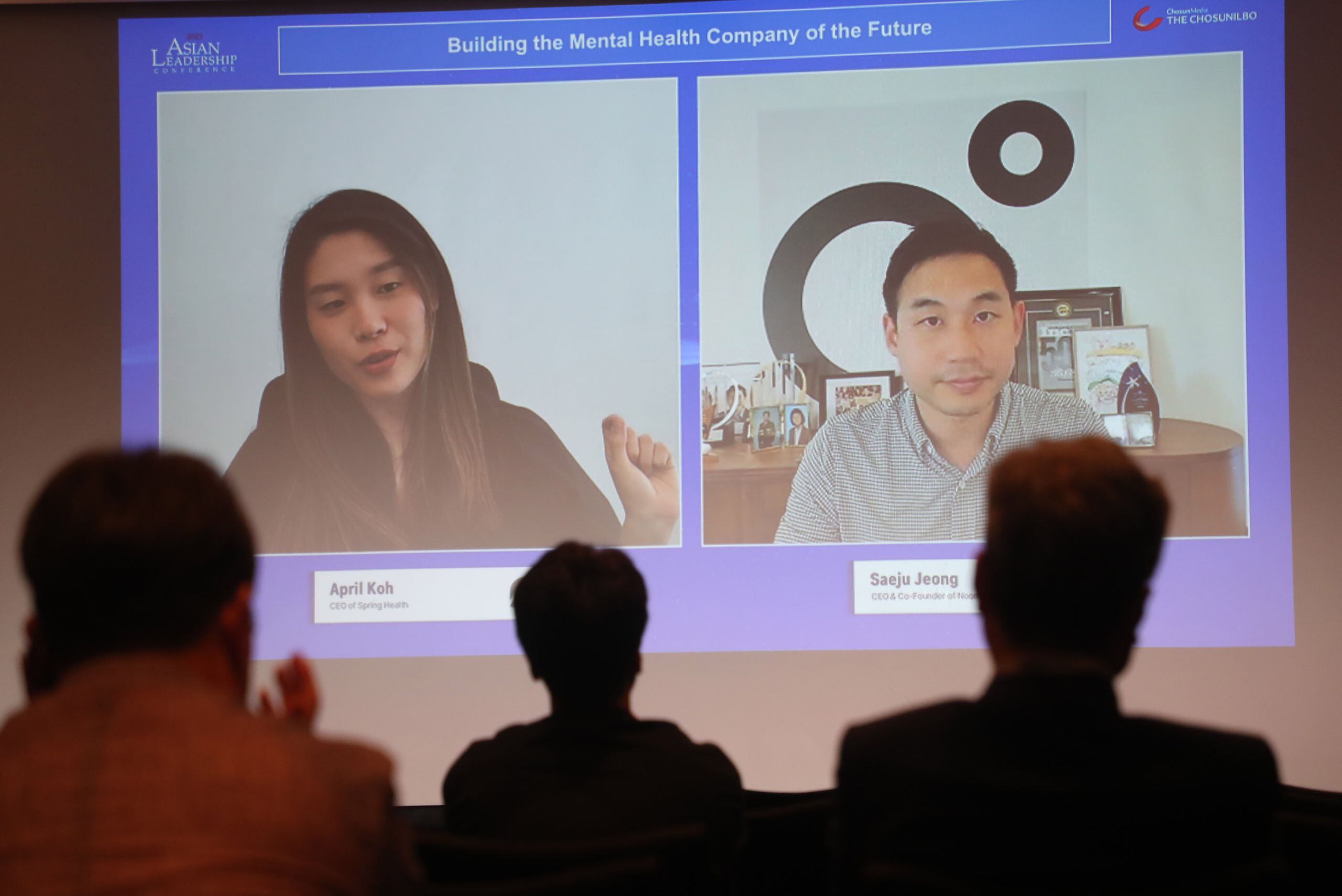GV, formerly known as Google Ventures, is one of the biggest firms to join the growing ranks of tech and innovation “fairy godmothers.” It’s every start-up’s dream to snag the attention of GV, one of the venture arms of Google’s parent company Alphabet. With $2.4 billion in assets, it is constantly on the lookout for hot and rising start-ups to invest in, in the fields of robotics, cyber security, software development, and health. Currently, it has around $2.4 billion in assets. Aside from the smart business sense of sniffing out tech business potential, GV serves a higher purpose. It’s a way for Google to learn and integrate insights from relatively lower risk tech “experiments” as part of an unending pursuit of innovation.
This is exactly what Center for Asia Leadership Teaching Fellow Helen van Baal, programme lead at the HPI School of Design Thinking, talks about in “Reflections on Design Thinking in Asia” in the book Rethinking Asia 4: Why Asia is Hopeful. In the following excerpt, she points out several ways organizations and businesses can benefit from integrating iteration into their systems. She gives three ways iteration – and in effect, innovation – need not mean a total overhaul or major change in the entire organization. One such way is to “invest but only a little bit.” Companies need to understand that small tweaks and just a comfortable amount of investments are enough to make creative problem solving, iteration, and innovation a part of their DNA.
Partly because of the speed of the region’s development, Asians tend to want immediate results. This is inherent in their education system and even more apparent in their work environments. DT, however, especially in the first half of the process, doesn’t deliver fast results. On the contrary, it is an essential part of the process to meet your users, have long conversations, and learn about people’s lives, thoughts, feelings, and needs. Only then can you create good, meaningful, human-centered solutions. This takes time, and—even more irritatingly, it requires you to take time for something you may not see the immediate value in. This can be frustrating, and many Asian organizations don’t understand the benefit of spending money on such a process. To them, it feels counterintuitive.
Over the years and working in different contexts, I have developed some strategies and approaches for applying DT without committing to large-scale change or investment.
Strategy #1: Invest Only a Little Bit
What’s the minimum time and money you are willing to invest? This can be for training or on a real project. By keeping investment low, both expectations and risk are kept to a minimum, which in turn allows for creativity and failure. We sometimes call this stage “the playground.” There are no expectations of generating feasible results; if something valuable is created, then expectations are exceeded and a willingness to place more trust in the process is guaranteed in the next step.
Strategy #2: Prototype and Test It
Prototyping and testing a concept are essential steps in the design process. They should also be part of the implementation of DT in our organizations. Instead of changing the entire product-development process, for instance, try running part of the project using DT and the other part using your usual methods. Afterward, evaluate at what points in your process DT is beneficial. This way, you’re taking a minimal risk and implementing only those aspects of DT that benefit and suit the existing organizational structures. Additionally, this iterative way of implementing DT might lead to creating your own version of DT, which might be the more sustainable approach and be of value in itself.
Strategy #3: Fragment the Process
Instead of applying the full DT process and mindset to a project, department, or organization, break it up and start with the part that resonates most with the content of your work and the organizational culture. You should take into consideration your goals and expectations, your budget, your time restrictions, and the prevalent working attitude of your organization. Some starting points could be short brainstorming sessions, creating a more collaborative workspace, or spending time doing user research at the beginning of a project.
Applying these strategies allows for flexibility and may lead gradually to changes that would otherwise require patience or leaps of faith.
In effect, you will be introducing an iterative process in an iterative way.
By Helen van Baal

